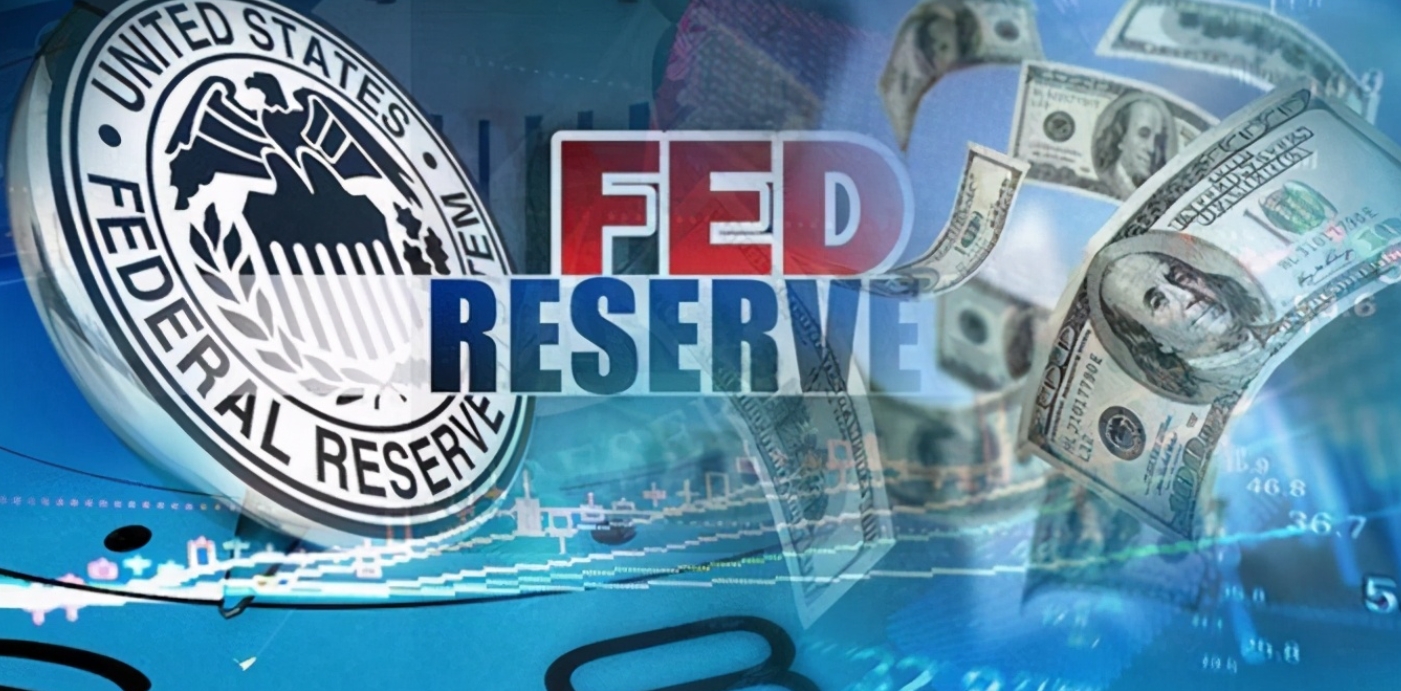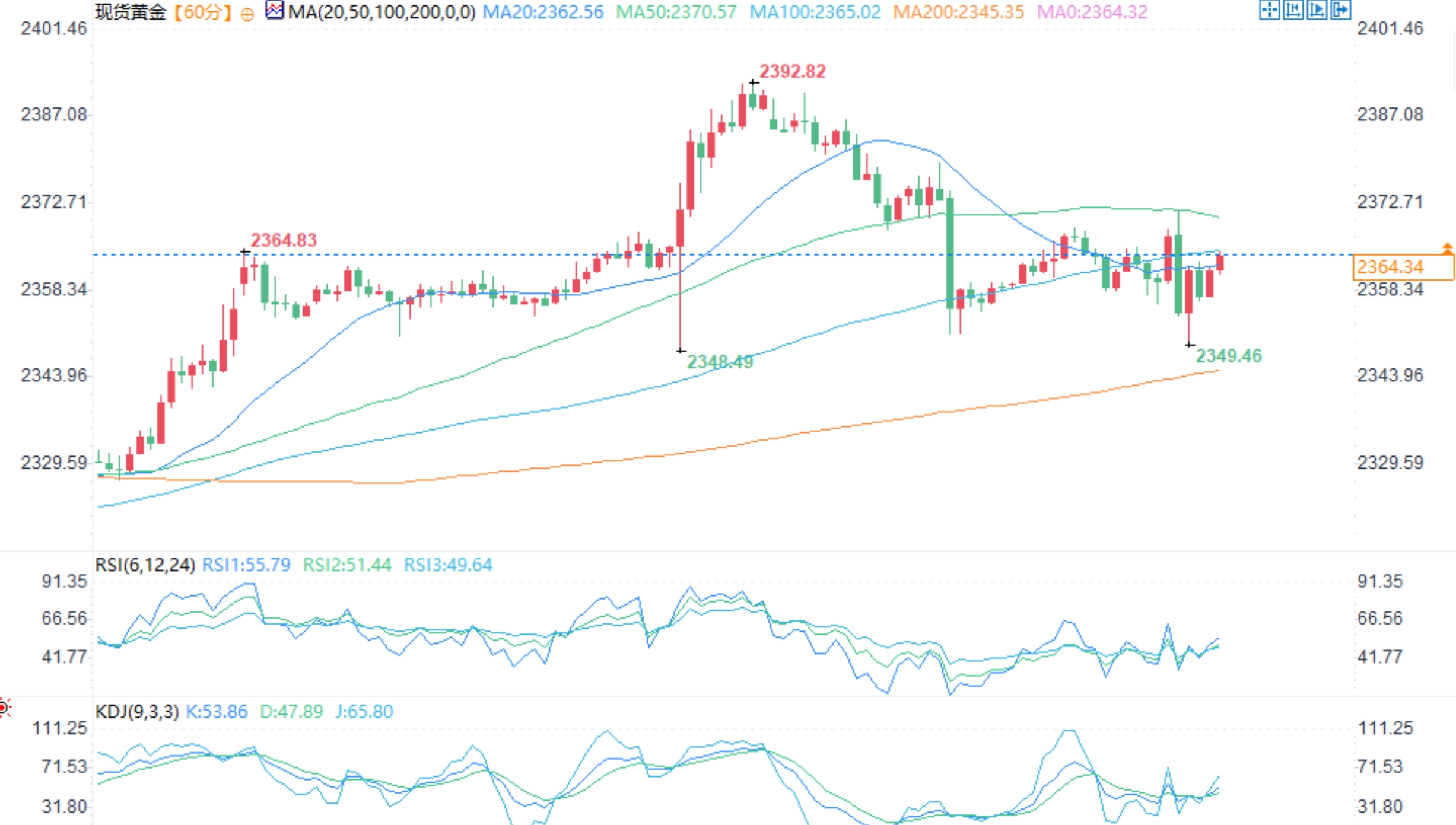Federal Reserve Chairman Powell expressed willingness to lower interest rates, but more progress is needed
On Tuesday (July 9th), Federal Reserve Chairman Powell stated in his testimony prepared for a Senate hearing that cutting interest rates too little or too late could put the economy and labor market at risk. Traders predict that the likelihood of the Federal Reserve cutting interest rates for the first time in September is slightly higher than 70%.

The Federal Reserve's desire to make the economy more balanced and lower the inflation rate to 2% seems to be making progress. The two-way risk is increasingly recognized, and if the data develops in this direction, it is expected that the possibility of a US interest rate cut in September will further increase.
The economy remains strong, but some progress has also been made
In the written testimony on monetary policy submitted by Federal Reserve Chairman Jerome Powell to the US Senate, he talked more about two-way risks. Although the Federal Reserve is open to the possibility of interest rate cuts, he emphasized the need for data to justify the cuts.
He said that the first quarter data did not give them much confidence that inflation is returning to the target level, but "recent inflation data has shown some mild further progress, and more good data will enhance our confidence that inflation is continuing to develop towards 2%.". In terms of growth, he admitted that "after the impressive strong growth in the second half of last year, the growth in the first half of this year seems to have slowed down", mainly due to the slowdown in consumer spending growth, but it remains stable. As for the job market, his description is "strong but not overheated", and the increase in unemployment rate is due to an increase in labor supply, not weak employment growth.
Bilateral risk occurrence
The monetary policy stance is described as "restrictive", which helps to better balance the economy and exert downward pressure on inflation. He stated that "reducing policy constraints too early or too much may hinder progress on inflation," but at the same time, he stated that "rising inflation is not the only risk we face." Reducing policy constraints too late or too little may excessively weaken economic activity and employment. " Therefore, they seem to be open to the idea of relaxing monetary policy, but this must be supported by data.
Institutional review
Some analysts believe that the testimony prepared by Federal Reserve Chairman Powell has been released, and at first glance, the tone of the testimony seems quite balanced, providing some clues for both fixed income bulls and bears. But it is still uncertain whether this will really affect the price. He pointed out the risks of being too radical and not being radical enough in loose policies.
Nick Timiraos, the Federal Reserve's mouthpiece, wrote that in the second half of last year, despite strong spending and recruitment, the slowdown in price growth was so rapid that officials were surprised, prompting them to shift their focus from raising interest rates to how high and how long it would take to lower them. Powell last appeared in front of Congress in early March, hinting that the Federal Reserve may cut interest rates before June. Afterwards, inflation reversed, derailing any such plans. Powell stated today that the recent inflation data "shows some mild further progress, and more positive data will enhance our confidence that inflation is continuing to move towards 2%." The sharp fluctuations in inflation have put the Federal Reserve in an awkward wait-and-see situation, with policymakers either waiting for months of convincing mild inflation data or waiting for evidence of a significant slowdown in employment and economic activity before lowering interest rates.
Dutch International Group has published an article stating that if the Federal Reserve can avoid an economic recession and if data permits, it is expected that the Federal Reserve will shift its monetary policy from a "restrictive" area to a "slightly less restrictive" policy starting in September. To achieve this, three conditions are required. Firstly, the core inflation rate will continue to remain at a month on month level of 0.2% or lower, which is the operating rate required to achieve the annual inflation rate target of 2%. Secondly, the unemployment rate has risen from 3.4% to 4.1% and will further increase to 4.3%. Once again, consumer spending growth has slowed from an annualized growth rate of over 3% in the second half of 2023 to 1.6% in the first half of 2024, and will further slow down. Dutch International Group said that such a result should make the Federal Reserve believe that the US economy is on the path of a "soft landing" and that they can start moving their policy stance towards neutrality. If we are right, and the data is as we predicted, the Jackson Hall seminar at the end of August will be used as the clearest signal to the market about the upcoming policy relaxation.

1-hour chart of spot gold
Tips:This page came from Internet, which is not standing for FXCUE opinions of this website.
Statement:Contact us if the content violates the law or your rights
